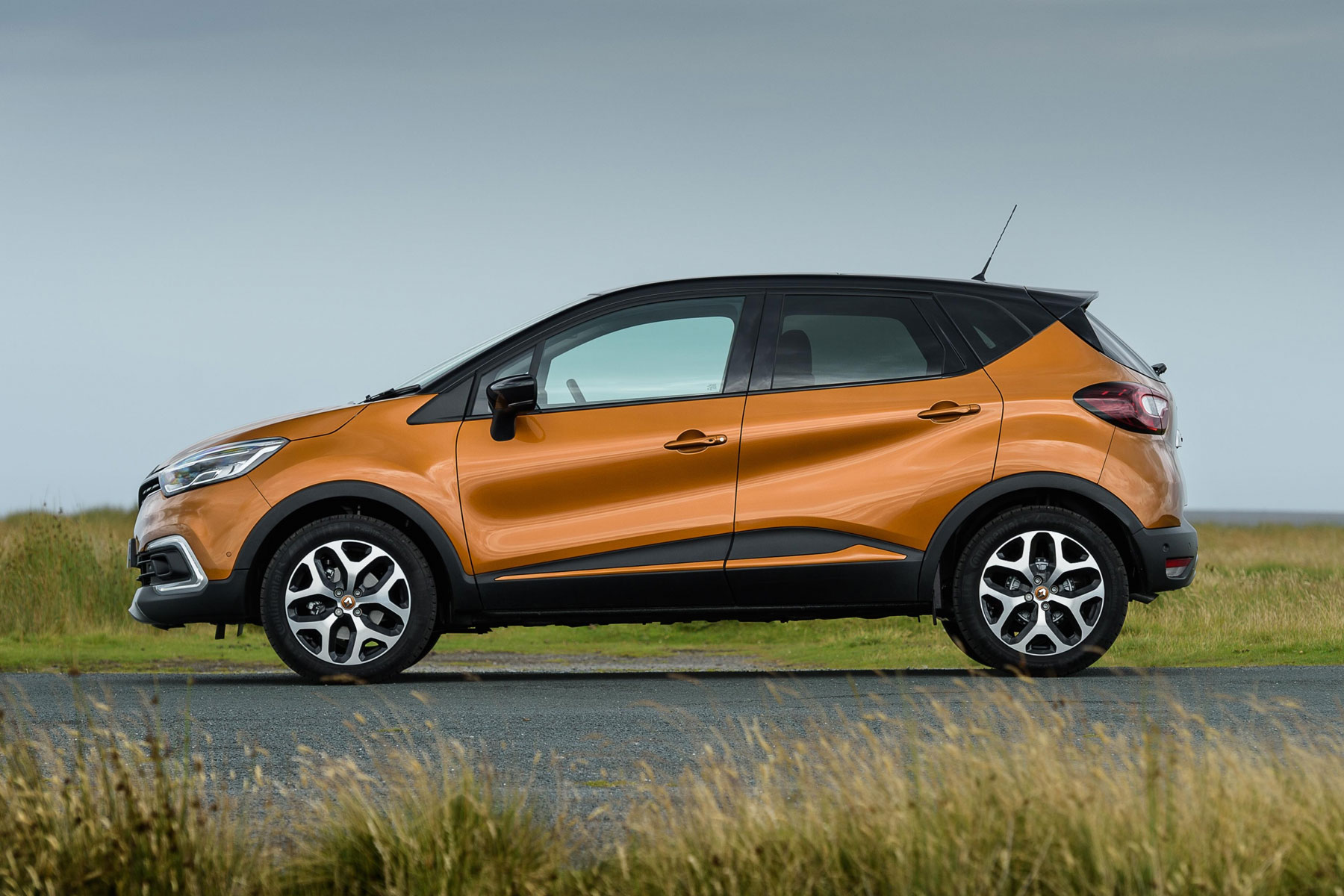

There’s room for two/three adults in the back and it has a party trick because the rear bench can slide forwards and backwards, trading rear legroom for boot space. The extra space and comfortable new seats mean it’s now a very pleasant place to while away a journey, while the fluid design and soft-touch plastics used high up in the cabin add a touch of class. Safety kit such as lane departure warning, lane keep assist and autonomous emergency braking (AEB) is also included, helping the Captur achieve a maximum five stars in Euro NCAP crash testing.
#RENAULT CAPTUR REVIEW FULL#
Renault’s new ‘Smart Cockpit’ layout means that the layout is more driver-centric and it’s also more comfortable.Īs standard, the new Captur features full LED headlights, climate control, keyless entry, cruise control, a 7.0-inch portrait infotainment touchscreen (9.3-inch if you go for a top spec car) with DAB, Android Auto and Apple CarPlay integration, automatic windscreen wipers, a leather-trimmed steering wheel and a 4.2-inch digital monitor set into the instrument cluster. There are other more profound changes inside, where the design and comfort levels have moved up a gear, along with the use of classier materials and an impressive new infotainment system. It’s also longer, wider and taller, which means there’s more space for people and luggage inside, while the personalisation options are extensive. The familiar scalloped sides and the two-tone ‘floating roof’ are still there, yet compare them side-by-side and it’s clear that the new car has a more muscular, dynamic look. More than 1.5 million Capturs have found homes around the world (142,000 in the UK) and it’s the best-selling model in its class across Europe.įast forward to 2020 and it’s time to welcome the all-new Captur, though at first sight the second-generation car is incredibly similar to its predecessor. When it was originally launched in 2013, the Renault Captur followed the Nissan Juke as a pioneer in the new compact crossover segment.Ī lot has changed since then and it’s now a crowded marketplace, with serious competition from the likes of the Volkswagen T-Cross, Ford Puma, Skoda Kamiq, Nissan Juke, Seat Arona and Peugeot 2008.


 0 kommentar(er)
0 kommentar(er)
